Choosing the right cat litter isn’t just about convenience—it affects your cat’s health, your home’s cleanliness, and even your wallet over time. With dozens of litter types on the market, from traditional clay to newer eco-friendly alternatives, knowing what works best for your cat and your lifestyle can make a big difference.
This guide explores the different types of cat litter, how they compare in performance, odor control, sustainability, and cost. Whether you’re a first-time cat owner or looking to switch to a better option, here’s what you need to know before you buy.
Why Cat Litter Choice Matters
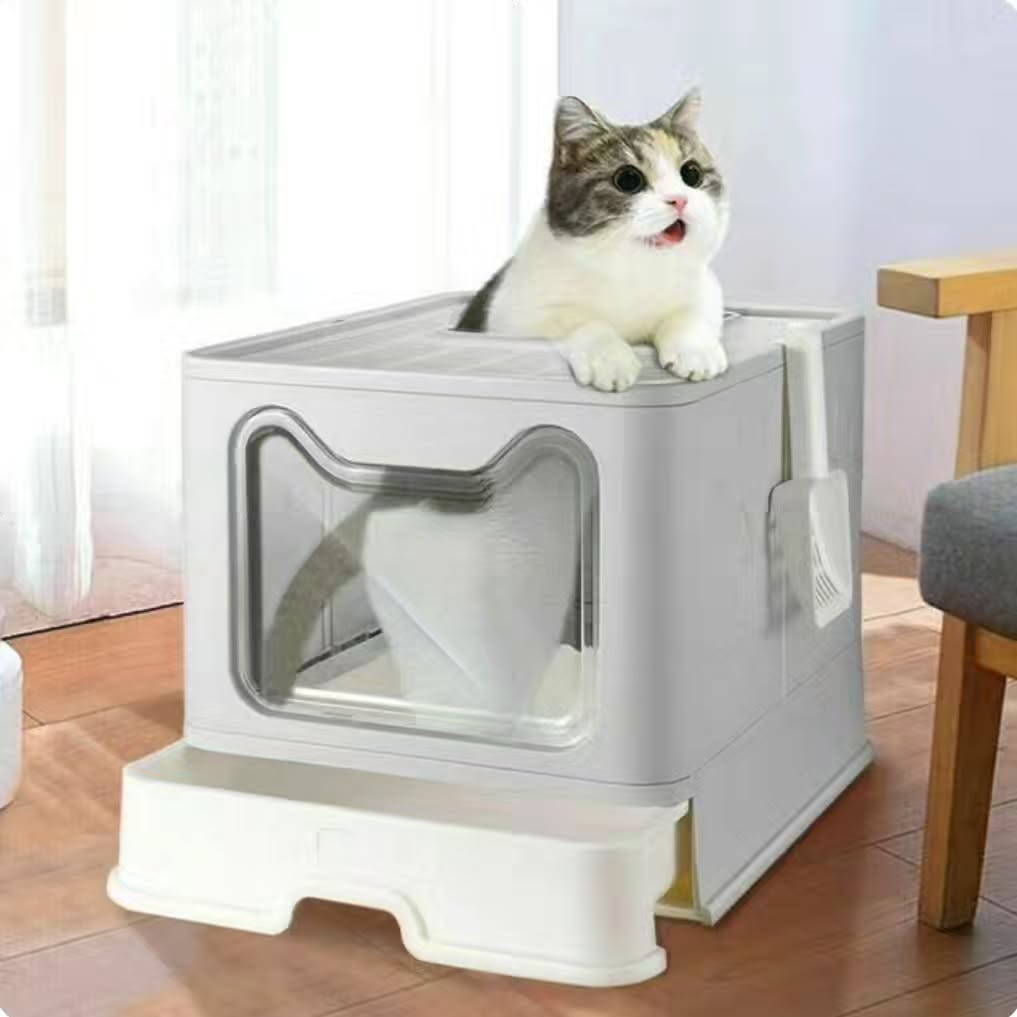
Not all cat litter is created equal. Your choice affects your cat’s comfort and willingness to use the litter box, odor levels in your home, ease of cleaning and maintenance, environmental impact, and long-term costs. Some cats are sensitive to scent, texture, or dust. Others may refuse to use a box that’s too shallow, too perfumed, or poorly placed. A good litter setup balances your needs with your cat’s instincts.
Main Types of Cat Litter
Clumping Clay (Sodium Bentonite)
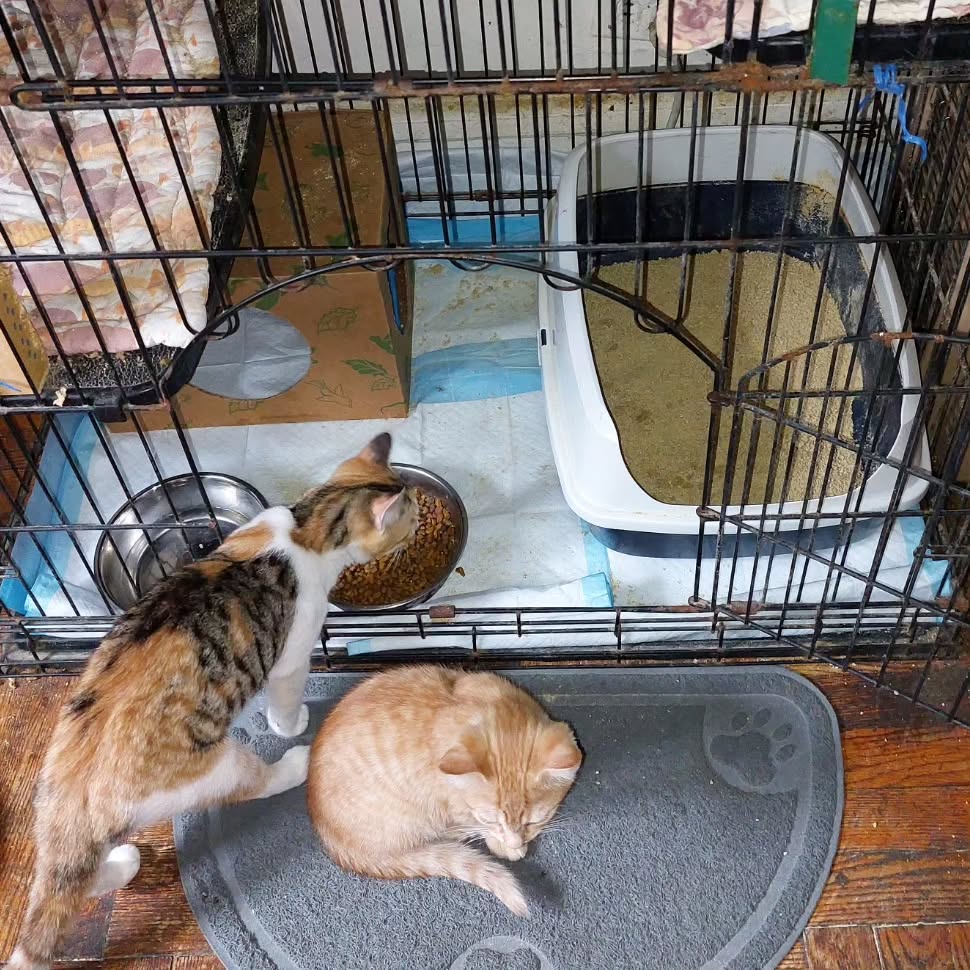
Pros: Easy to scoop, strong odor control, widely available
Cons: Heavy, not biodegradable, can be dusty
Best for: Multi-cat homes or owners who prefer quick scooping.
Non-Clumping Clay
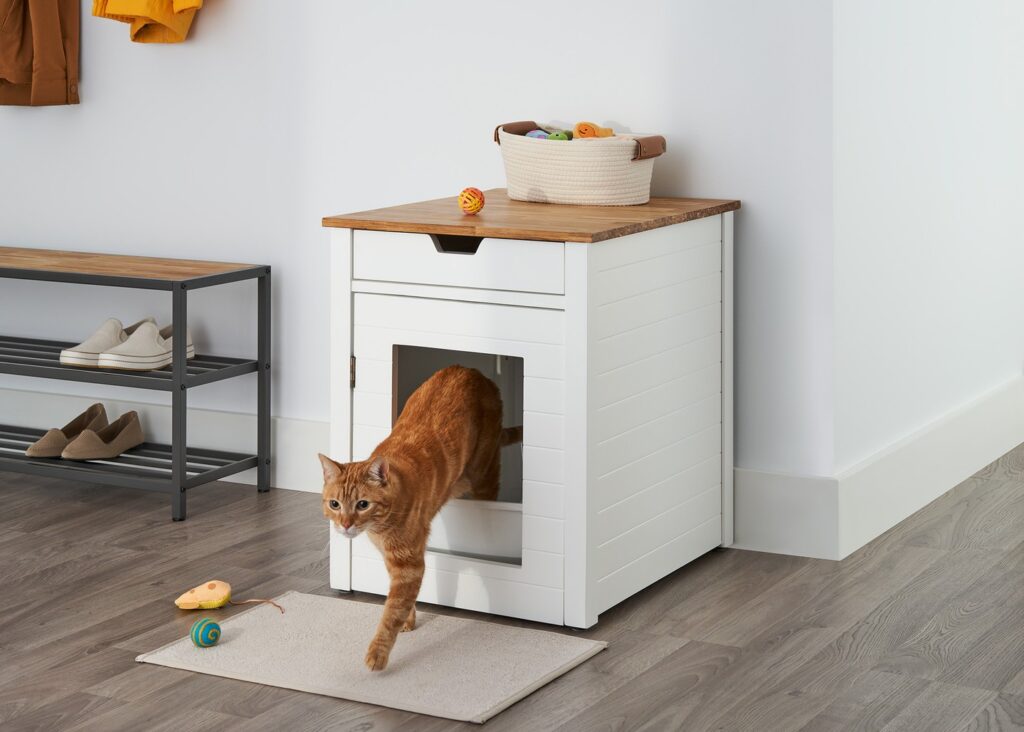
Pros: Inexpensive, decent odor control initially
Cons: Needs frequent replacement, becomes soggy, harder to clean
Best for: Single-cat homes on a budget or short-term setups.
Silica Gel Litter (Crystal Litter)

Pros: Excellent odor control, low dust, minimal tracking
Cons: Higher cost, not biodegradable, may be disliked by texture-sensitive cats
Best for: Low-maintenance needs and households with dust sensitivity.
Natural and Biodegradable Litters

Materials include wood (pine, cedar), corn, wheat, recycled paper, coconut husk, and grass seed.
Pros: Eco-friendly, lighter weight, some are flushable
Cons: Vary in clumping ability, may attract insects if stored improperly, texture may not suit all cats
Best for: Eco-conscious homes and cats sensitive to artificial materials or dust.
Key Factors to Consider
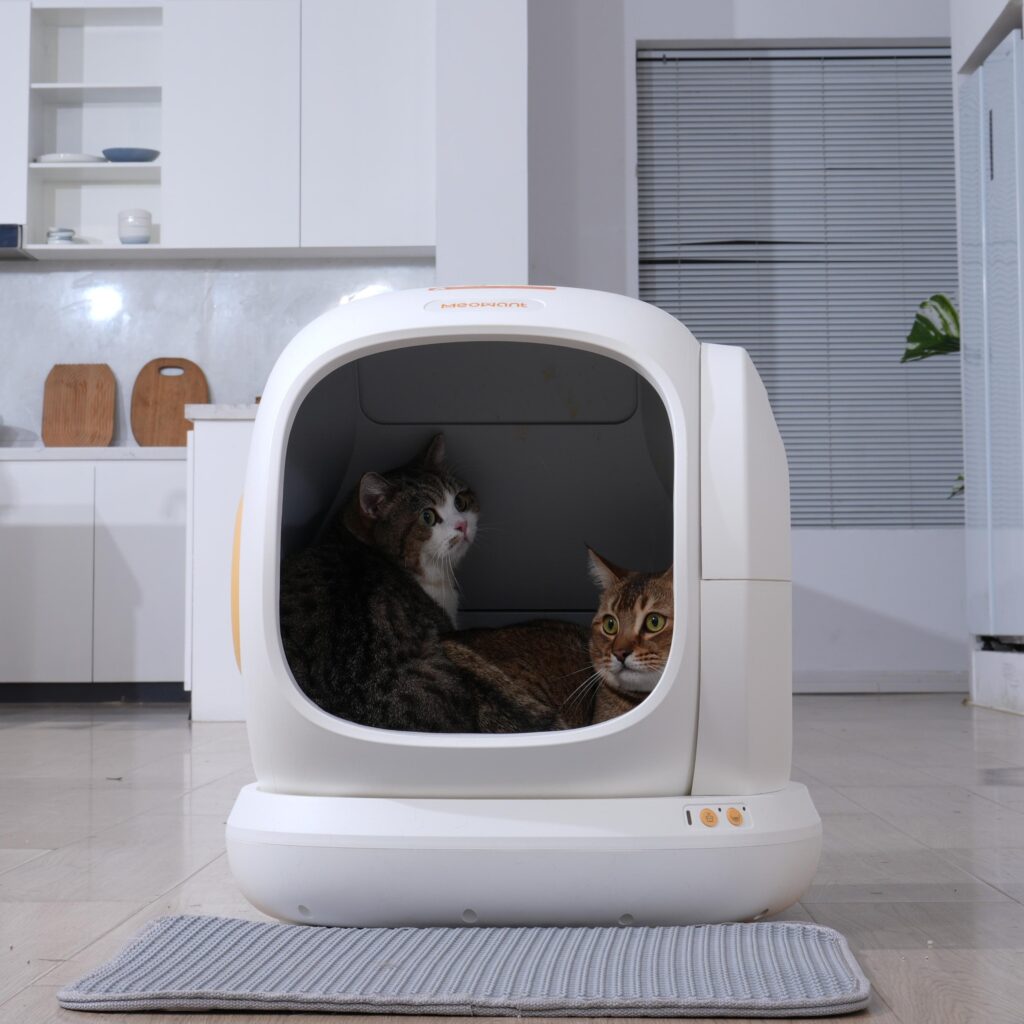
Odor Control
Clumping clay and silica gel litters typically perform best. Natural litters can vary significantly depending on material. Proper maintenance is essential for managing odor regardless of type.
Dust Level
Silica and paper-based litters are lowest in dust. Budget clay options are usually the dustiest, which may affect cats or humans with respiratory sensitivities.
Tracking
Fine-grain litters tend to track more. Low-tracking formulations or use of a litter mat can help contain mess.
Clumping Performance
Clumping litters make daily cleaning easier. Clay and grass litters usually clump tightly. Some paper and wood options clump poorly or not at all.
Scented vs Unscented
Unscented litters are safest for sensitive cats. Scented varieties may help with odor but can cause litter box avoidance in some cats. Test gradually if switching.
Special Use Cases

For Kittens
Avoid clumping litters to prevent accidental ingestion. Use natural, soft-textured, non-clumping litters during early development.
For Senior Cats
Older cats benefit from soft-textured litter and easy access. Choose fine-grain or lightweight clumping varieties and ensure the litter box is low entry.
Multi-Cat Homes
Use litter with enhanced odor control labeled for multi-cat use. Ensure each cat has access to a box—ideally one per cat, plus one extra.
Eco-Friendly Priorities
Look for biodegradable materials, compostable packaging, or flushable options. Always confirm if local regulations permit flushing.
Litter Box Compatibility
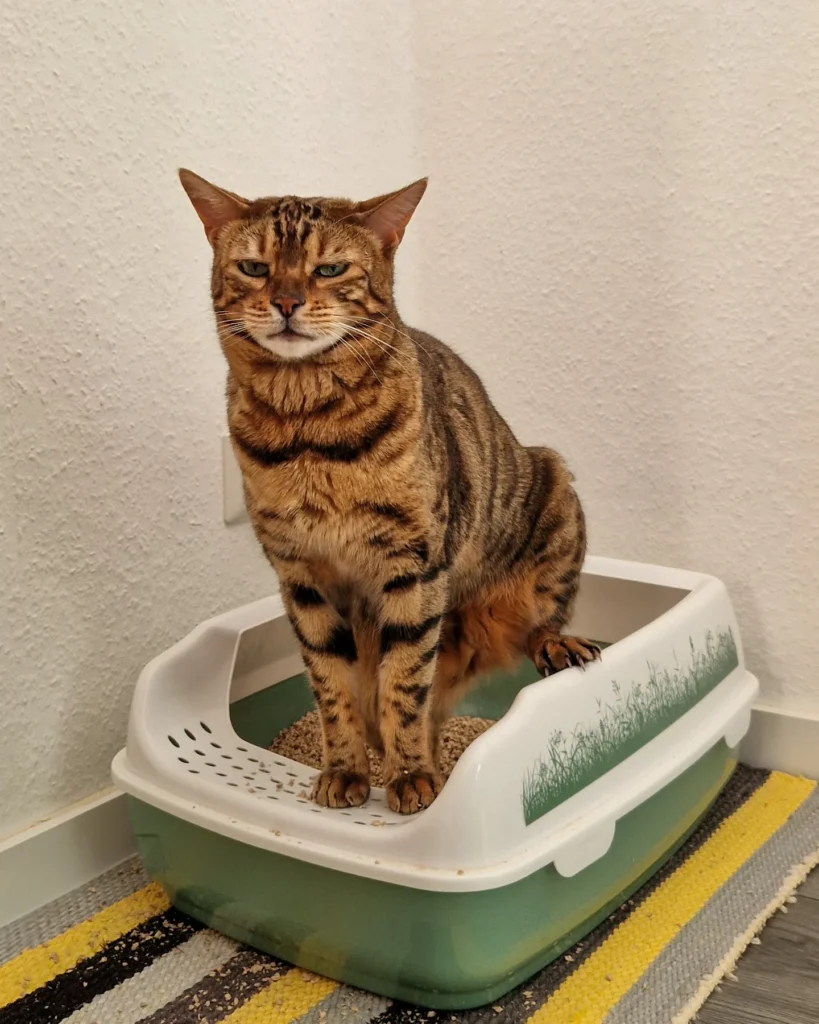
Open Boxes
Allow ventilation and are easy to access but may spread odor or litter outside the box.
Covered Boxes
Contain odor better but may be too confined for some cats. Ventilation is key.
Top-Entry Boxes
Reduce tracking but are not ideal for kittens or less mobile cats. Work best with lightweight litter types.
Maintenance Tips for Better Litter Hygiene

Scoop at least once daily. Wash the box with mild, unscented soap every 1–2 weeks. Replace litter completely based on the material’s recommended schedule. Use mats to minimize tracking and transition cats slowly when introducing new litter types.
Cost Breakdown by Type (Per Month Estimate)
- Clumping Clay: $10–20
- Crystal/Silica: $15–30
- Natural (Pine, Corn, Grass, etc.): $12–25
- Paper Pellet: $8–15
Higher price doesn’t always mean better performance. Consider longevity, clumping, and odor control for value comparison.
Final Thoughts
Cat litter is more than a basic supply—it’s a critical part of your cat’s daily comfort and your home’s hygiene. Clumping clay remains popular for convenience, but crystal and eco-friendly options are growing in performance and affordability. The right litter balances scent, texture, tracking, and maintenance with your cat’s preferences. Use this guide to test and find the best option for your household.
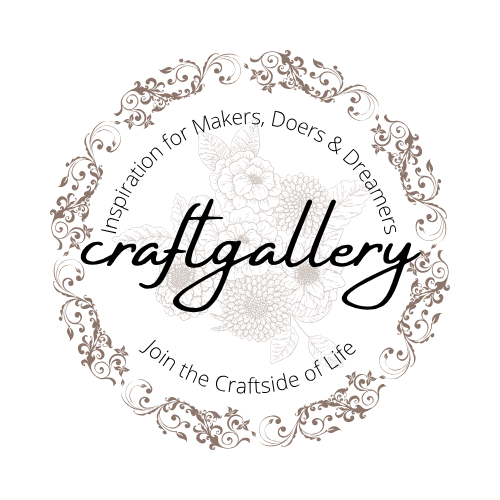
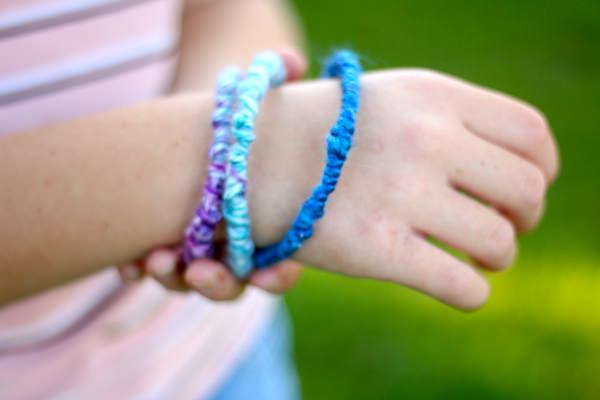
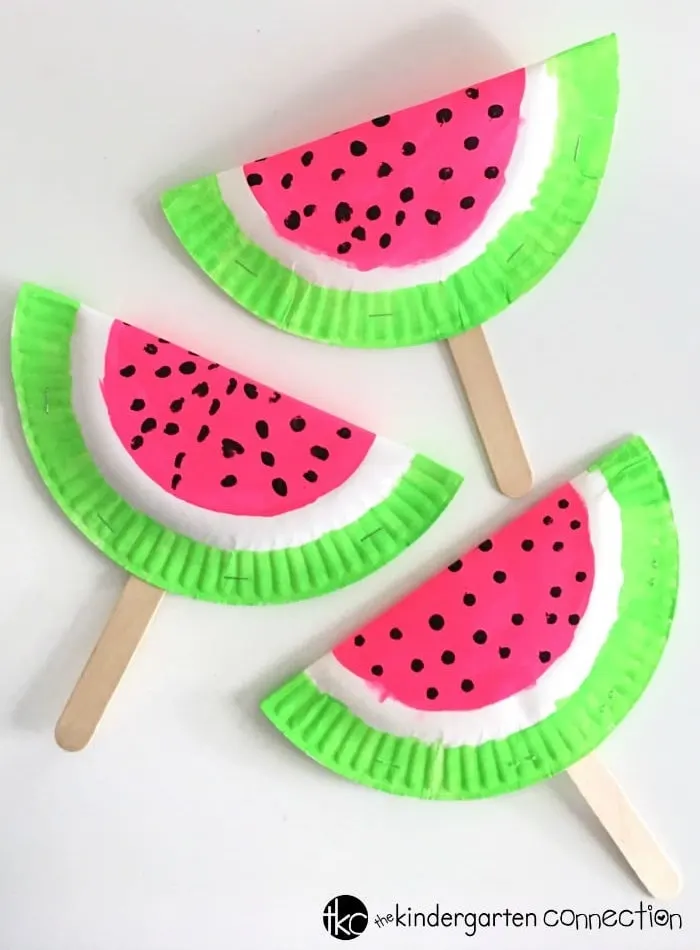
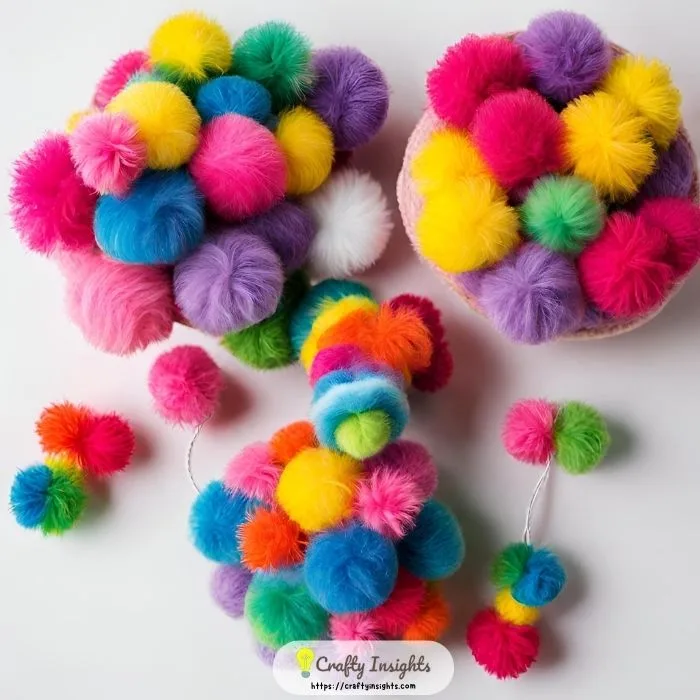
Leave a Reply